Jeremy Irons ‘ career is a vast showcase of versatility, starting in classical theatre, breaking through in television, and eventually entering cinema. His experience in multiple mediums emphasizes his exceptional range, a quality of any accomplished actor. Irons’ proficiency in inhabiting diverse roles with equal conviction is consistently clear throughout his filmography, regardless of whether he plays one of many figures in a historical epic or facilitates a more focused and intimate character study.
In more grandiose works, Irons has played both central historical figures, like Tiberias in the “Kingdom of Heaven,” and established fictional characters, like Alfred Pennyworth in “Justice League.” There’s a gravitas and emotional presence to these, respectively, which enhances the film experience. Conversely, smaller-scale works have had Irons take on more psychologically complex roles and, in doing so, even win an Academy Award for his performance in “Reversal of Fortune.” Furthermore, Irons’ more unconventional characters, namely those in “Inland Empire” and “Dead Ringers,” see him committing entirely to supporting the respective directors in realizing their visions.
Given the diversity in his work, it is understandable that Jeremy Irons is viewed as one of the most accomplished actors of his generation. In this list, we delve into his ten best performances.
10. The Mission (1986)
Roland Joffe’s “The Mission” is an impactful historical drama that follows two Jesuit priests (Irons and Robert De Niro) who aim to convert the indigenous Guarani people of South America. The film’s comprehensive narrative examines an array of topics, including the depths of faith and the harsh realities of colonialism, and it becomes an immersive exploration of spiritual conflict.
Even though other works of a similar theme, namely Martin Scorsese’s late career masterwork “Silence,” are notably superior, Irons’ performance as Father Gabriel is nonetheless (and expectedly) compelling. Even when situated next to acting maestros like De Niro, Irons manages to stand on his own and make his role memorable. His character is reflective, imposing an emotional baggage whilst demanding subtlety, so Irons’ approach is equally as measured and deliberate. This allows him to successfully portray a man committed to his mission yet troubled by the awareness of the moral implications of his endeavor.
Like many of his other performances, Irons’ acting has an internalized intensity that emphasizes his character’s strength and elevates the audience’s experience. In this way, Irons’ performance becomes a pivotal element of “The Mission.”
9. Lolita (1997)
Adrian Lyne’s “Lolita” is an adaption of Vladimir Nabokov’s novel, following a literature professor and his troubling obsession with his landlord’s teenage daughter. The inherently unsettling subject makes the film notably controversial, where writers and directors must walk the thin line between exploration and indulgence to prevent the narrative from slipping into exploitative territory. Irons’ performance as the professor, Humbert Humbert, is a crucial component in maintaining this delicate balance.
Though both the cast and director are challenged to follow up Stanley Kubrick’s earlier adaption of the same novel, Irons’ role is particularly difficult here. Playing a character like Humbert asks for a balanced approach that doesn’t resort to the extremes of demonization and exemption. Irons brings complexity to his depiction of self-delusion without moderating the fundamental immortality of his character. He plays the learned Humbert with a charm, highlighting a sharp contrast between the exterior charisma of a predatory character and thereby making the film all the more unsettling.
Also, Irons’ Humbert comes across as far more manipulative and outright dangerous than James Manson’s relatively contemptible counterpart. As such, Lyne’s film becomes all the more flustering, and many would argue fittingly so. Even if it’s not his most memorable performance, Irons’ ability to handle such subject matter with finesse deserves commendation on its own.
8. Kafka (1991)
One would expect it to be challenging to present Franz Kafka’s literary works through cinema. His nightmarish worlds are realized well through the satirical eccentricities in the author’s language and narratives. As a result, capturing such atmospheres through cinema is a significant challenge for filmmakers. Still, in paying homage to this section of literature, director Steven Soderbergh does a commendable job in one of his earlier films, “Kafka,” following the titular author as an insurance clerk and aspiring writer whilst he gets tangled in a web of conspiracy. Notably, the film meanders between Kafka’s life and his fictional works, namely “The Trial.”
Filled with introspection and dread, the film’s main character is situated in inexplicable and absurd situations, thereby fulfilling the elements that are central to Kafka’s style. Playing such a role demands a great degree of subtlety in creating a balance between curiosity and anxiety. Given the previous performances on this list, it is unsurprising that Irons meets this considerable challenge with finesse.
Embodying such conflicting emotions is crucial to the film’s success in translating Kafka’s idiosyncratic tone. Irons accomplishes this expertly, leading the film with a captivating performance that varies between intellectual curiosity and subtle yet pervasive anxiety.
7. Moonlighting (1982)
A relatively modest yet compelling film, Jerzy Skolimowski’s “Moonlighting” follows a group of Polish immigrants traveling to England and navigating life there. However, once martial law is introduced in Poland, the group is officially exiled to a foreign land. More grounded and intimate than some other entries in the list, Skolimowski effectively brings the audience on board the characters’ journeys and, in doing so, examines the immigrant experience. This emotionally engaging approach is something he would continue later in his filmography, with recent entries such as “EO.”
Central to the film is Irons’ performance as Nowak, the group’s unofficial leader, which not only carries most of the dramatic weight but also comes with quiet intensity. This is fitting, considering that Nowak is responsible for managing his group’s labor and shielding them from the troubles of their situation. As the narrative progresses and burdens start to build, Irons’ restraint emphasizes sharp emotions, making his inner turmoil even more poignant. Interestingly, Skolimowski’s directorial approach amalgamates two distinct tones: distress depicted via a documentary-esque style and humor – a balance often difficult to achieve in cinema. Irons assists in this and further emphasizes his own versatility as an actor.
6. Die Hard with a Vengeance (1995)
No installment in the “Die Hard” franchise has ever reached the all-rounded success of the first entry. The tautness and charm of the first film are endlessly entertaining and make it a staple of the action genre. Hence, it is expected that the third installment, “Die Hard with a Vengeance,” might not exceed expectations.
Still, Irons’ performance as a classic “Die-Hard” villain, Simon Peter-Gruber, is cold and cunning. There’s tension in his interactions with John McClane (Bruce Willis) and Zeus Carver (Samuel L. Jackson), an aspect of any successful action film. However, more notably and perhaps much like a typical work of classic Hollywood action, Irons’ Gruber has a distinct, almost cartoonish appearance. His smile exudes a chilling charm, and those circular sunglasses implicate mystery. Such elements, together with Irons’ acting, combine to create a rightly menacing and memorable villain.
Though not as iconic as Alan Rickman’s Hans Gruber, Iron’s vengeful older brother is played with a methodical tone and calculating demeanor. Yet, under this icy exterior, an urge for revenge exists, which forms a fundamental motivation for Gruber’s character. Irons effectively portrays this combination of intellect and emotion, making him a worthwhile addition to the series.
Also Read: 10 Uplifting World Cinema Movies for the Family
5. The Lion King (1994)
An animated classic that continues to captivate audiences today, “The Lion King” infuses African mythology into the template of Shakespeare’s Hamlet. In doing so, the film heightens the drama inherent to its themes of family, betrayal, and redemption while providing an exciting backdrop to reexperience a fundamental narrative. Much attention has been given to the animation and music, but another successful part of the film is its villain, Scar.
There’s a palpable cunningness to Scar’s character, which is largely archetypal and, therefore, may initially appear cliché. However, this is executed with a dramatic flair, thereby significantly building narrative tension while making the character particularly unforgettable. Irons understands the importance of this and brings Scar to life with menace and sophistication. For instance, the “Be Prepared” song showcases Irons’ ability to intersperse his silky voice with growls and hisses, bringing a devilish center to a scene with already hellish imagery.
Another key task of Irons’ performance is to enhance the emotional weight of the narrative. As Scar’s villainous nature becomes sharper, Simba’s redemptive journey feels all the more entertaining to the audience. In fulfilling this, Irons’ voice performance meanders between a chilling calmness and loud bursts of emotion, elevating an already iconic antagonist.
4. Kingdom of Heaven (2005)
Ridley Scott has always been renowned for historical epics, in which he captures the sweeping chaos of grand battles as well as the minutiae of a period piece. This is evident in the “Kingdom of Heaven,” despite being a relatively overlooked entry in Scott’s filmography. An epic tale set during the Third Crusade, Scott showcases his ability to balance historical details with dramatic storytelling here, creating a tapestry that entirely immerses the audience in a world long past.
Regarding Irons’ performance as Tiberias, he has a palpable grit with a slight haste in the dialogue deliveries, fitting for a character carrying the weight of several battles and political machinations. He successfully depicts the accumulated pessimism of old age, contrasting with the idealism of the younger characters around him. Irons’ performance combines well with Scott’s vision of elevating the “Kingdom of Heaven.”
Notably, this work is more comparable to other large-scale films Irons has been a part of, such as “Justice League” and “Batman vs Superman,” than any other entry on this list. Still, his previously established skill in balancing opposing tones (here, weariness and determination) is evident throughout. Accordingly, “Kingdom of Heaven” shows that Irons’ theatrical ability works well in settings beyond intimate dramas.
3. Inland Empire (2006)
“Inland Empire” is relatively overlooked compared to other major entries in David Lynch’s filmography, namely “Mulholland Drive” and “Blue Velvet.” However, the film serves well as a thematic companion piece to the former in its dreamlike depiction of Hollywood and its dark underbelly. Both films even contain a scene that will make the audience echo a line from “Mulholland Drive”: “I hope I never see that face, ever, outside a dream.” Lynch’s typical maddening style is expectedly the film’s trademark, adding a layer of surrealism on top of the backdrop of the entertainment industry.
Furthermore, the cast’s performances deserve much praise. Laura Dern largely steals the show with her palpable intensity, which anchors an experience that’s both erratic and enigmatic. Still, whilst playing the film director Kingsley Stewart, Irons complements Lynch’s style effectively in forming a uniquely feverish atmosphere. Unlike in the previous entry, “The Lion King,” his supporting role here does not require him to match the loudness of the main characters. Instead, Irons forms a calm, almost generic exterior that strengthens an underlying mysteriousness and chaos, much like Lynch’s films themselves. Such an approach strongly contrasts with this list’s other relatively theatrical entries, yet it suits Lynch’s directing well.
2. Reversal of Fortune (1990)
Recently, the French film “Anatomy of a Fall” garnered much praise at award circuits, including the Oscars and Golden Globes. Its narrative follows a woman who is suspected of her husband’s murder while their visually challenged son faces a moral dilemma as the sole witness. Such an obscuration of morality is not new to cinema; in fact, it is now essentially a thematic stencil.
Anatomy of Fall’s storyline unmistakably recalls the 90s courtroom drama “Reversal of Fortune.” In this, director Barbet Schroeder takes a true story where Claus von Bulow (Irons) is accused of the murder of his wife, Sunny von Bulow (Glenn Close), and uses it to highlight the ambiguous nature of justice. Irons’ performance here, which also won him an Oscar, expertly imbues his character with a certain enigma necessary for such a narrative. In particular, the back-and-forth between scenes with Irons and Closes’ narrated recollections assists significantly in building a sense of uncertainty.
Painting the portrait of an icy aristocrat, Irons plays his role with precision and conveys the complexities of his character well. Though his characters in other films, namely “Die Hard with a Vengeance,” have a similar aura to them, he carefully distinguishes between them to maintain the film’s overall tone. His mixture of charm and chilling detachment is particularly difficult to capture and incredibly engaging to watch.
1. Dead Ringers (1988)
As expected from a David Cronenberg film, “Dead Ringers” is a twisted work of horror that hauntingly depicts the disintegration of identity. Led by twin gynecologists Elliot and Beverly Mantle, both played by Irons, the film handles the intertwining lives of two characters with ostensibly opposing personalities, even beyond their surface appearances and costumes.
In an interview, Irons asserts, “the best magicians have the simplest tricks,” as he reveals his approach to internally distinguishing between Elliot and Beverly. When playing the characters, Irons would intentionally focus his energy on his forehead, providing a more powerful, authoritative tone for Elliot. Alternatively, for Beverly, he would focus his energy on his throat, thereby bringing a sense of delicacy and vulnerability to that character. As a result, the subtle shifts in posture, voice, and expressions distinguish between the two main characters in terms of tone and appearance.
Some may be quick to disregard this, but it’s a fascinating technique that highlights the meticulousness of the actor’s approach and sharply varies the masculine and feminine. Here, not only does Irons take center stage in another emotionally complex and intimate performance, but he also showcases impressive range and an openness to experiment.


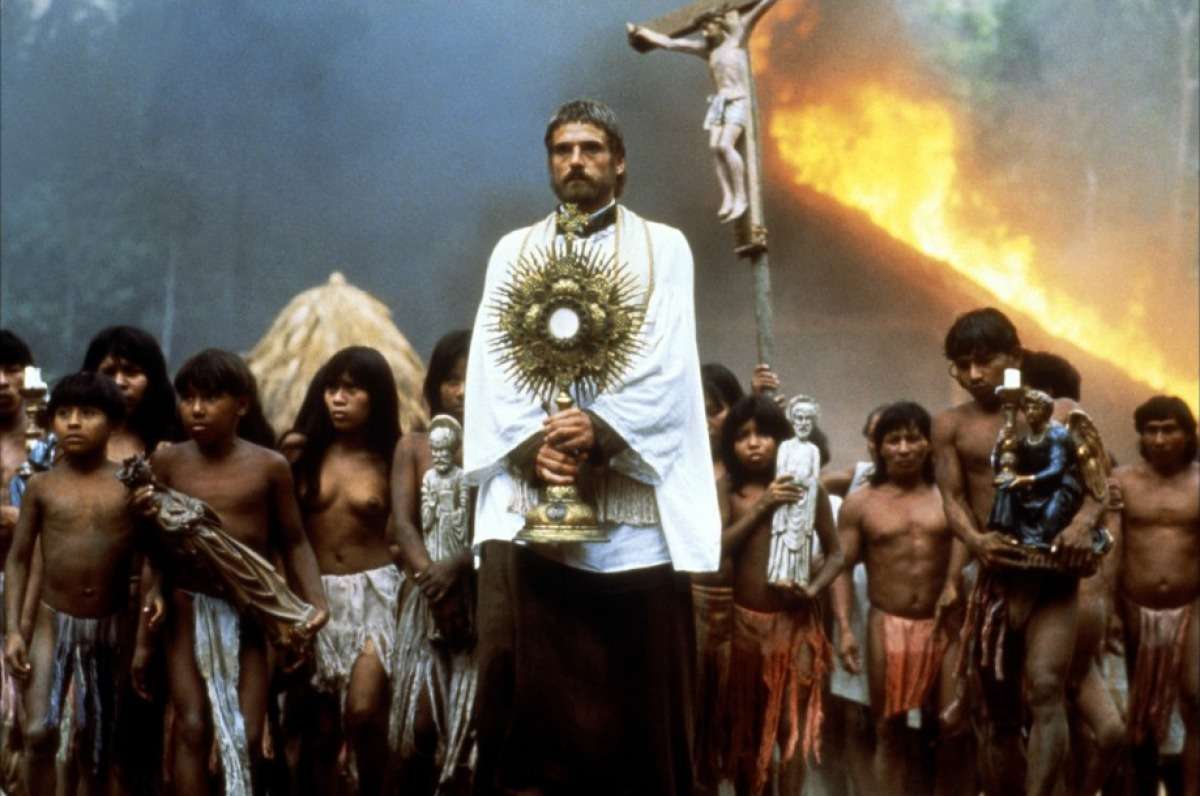
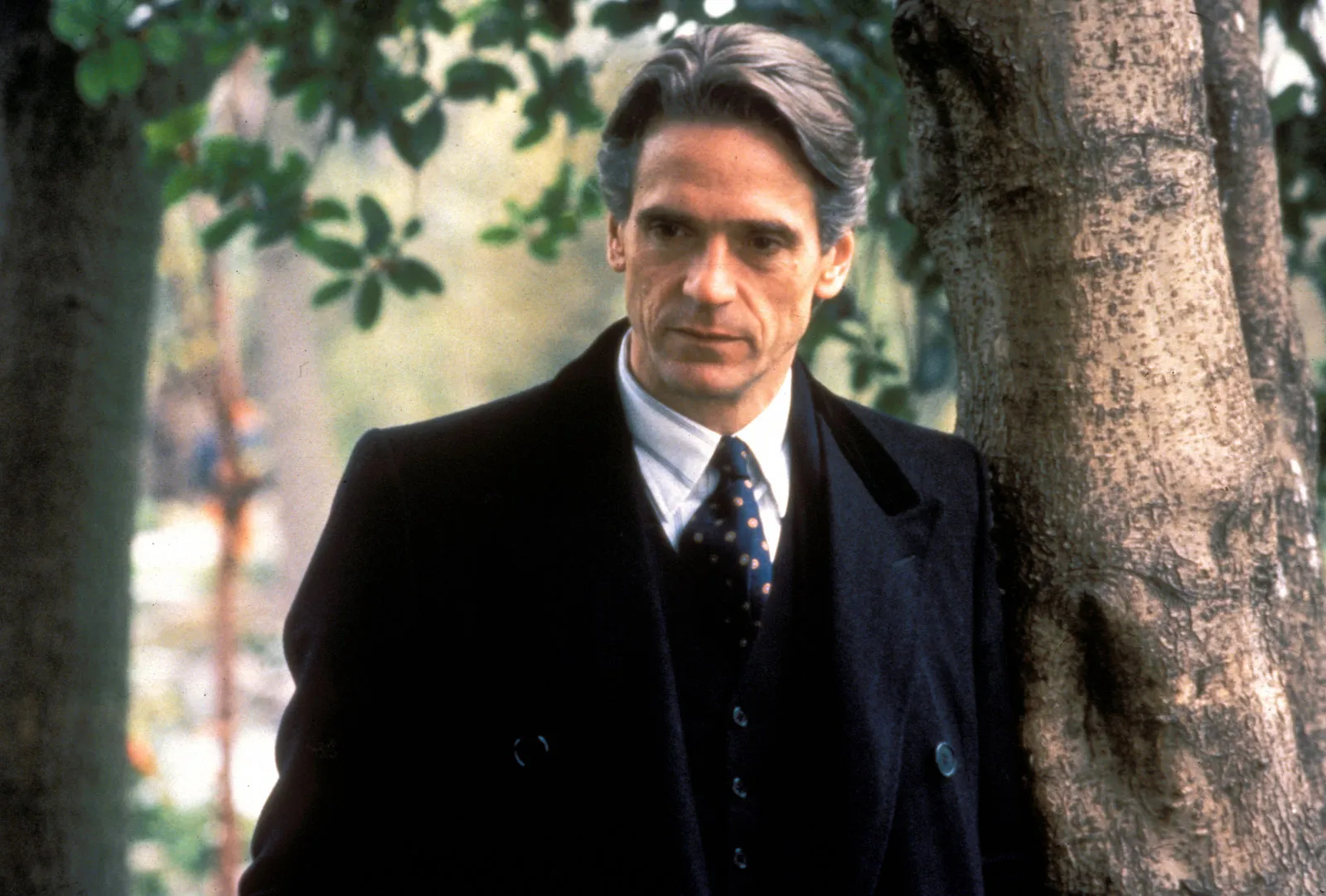
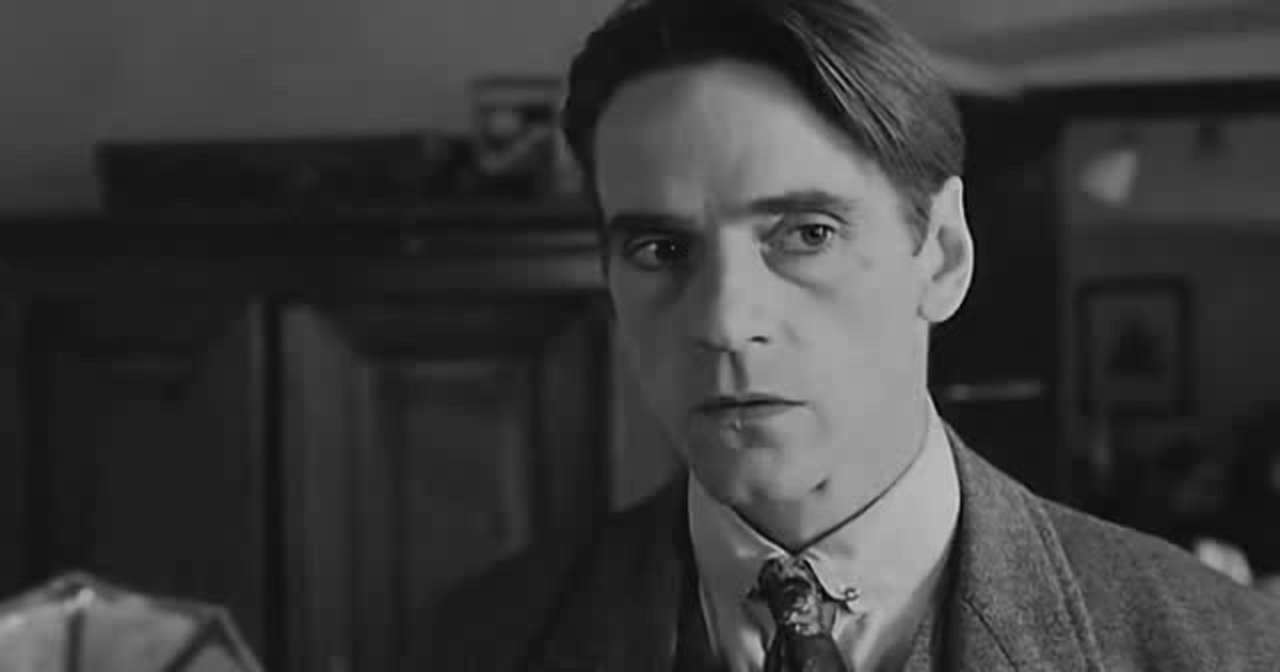
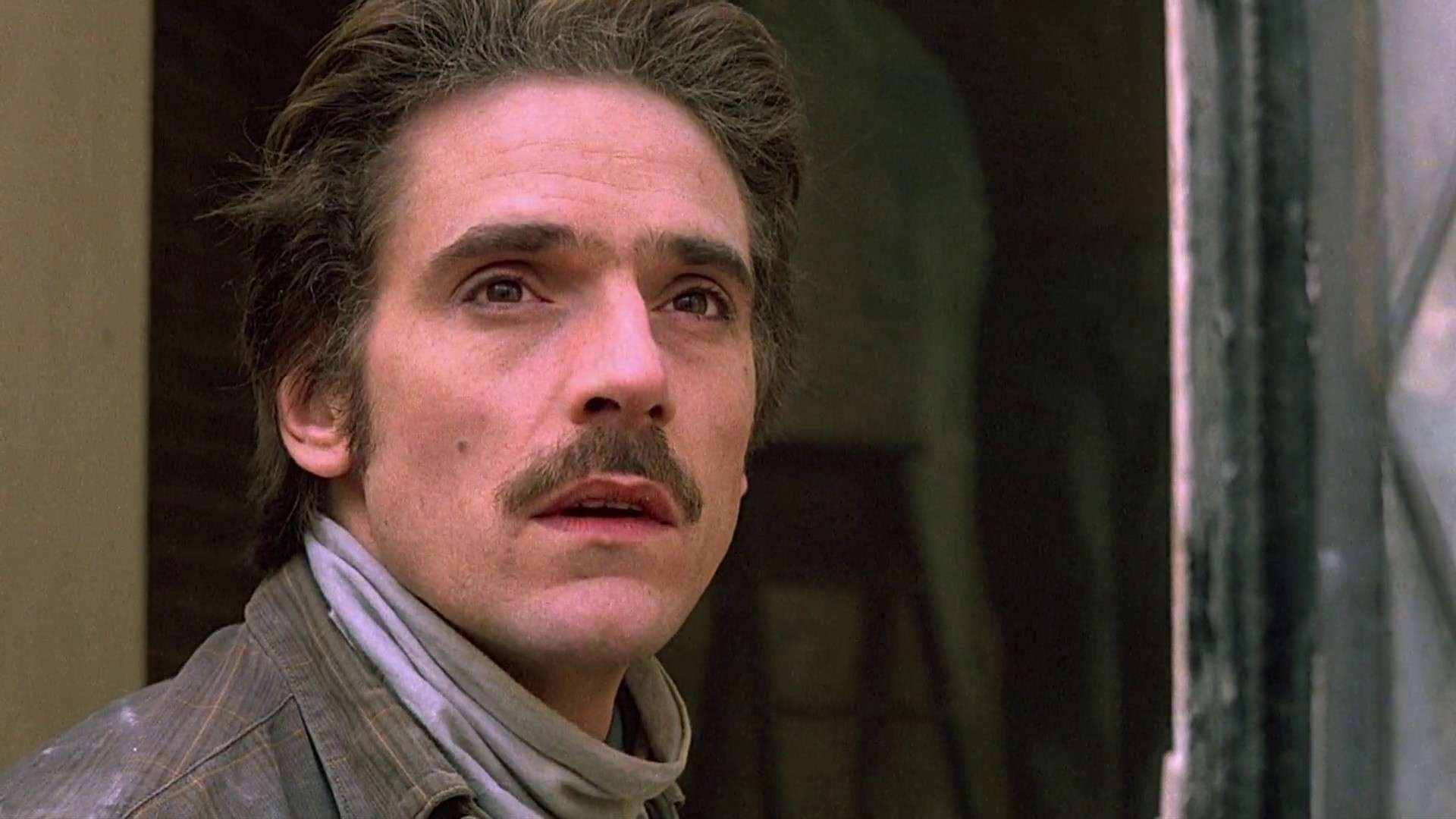




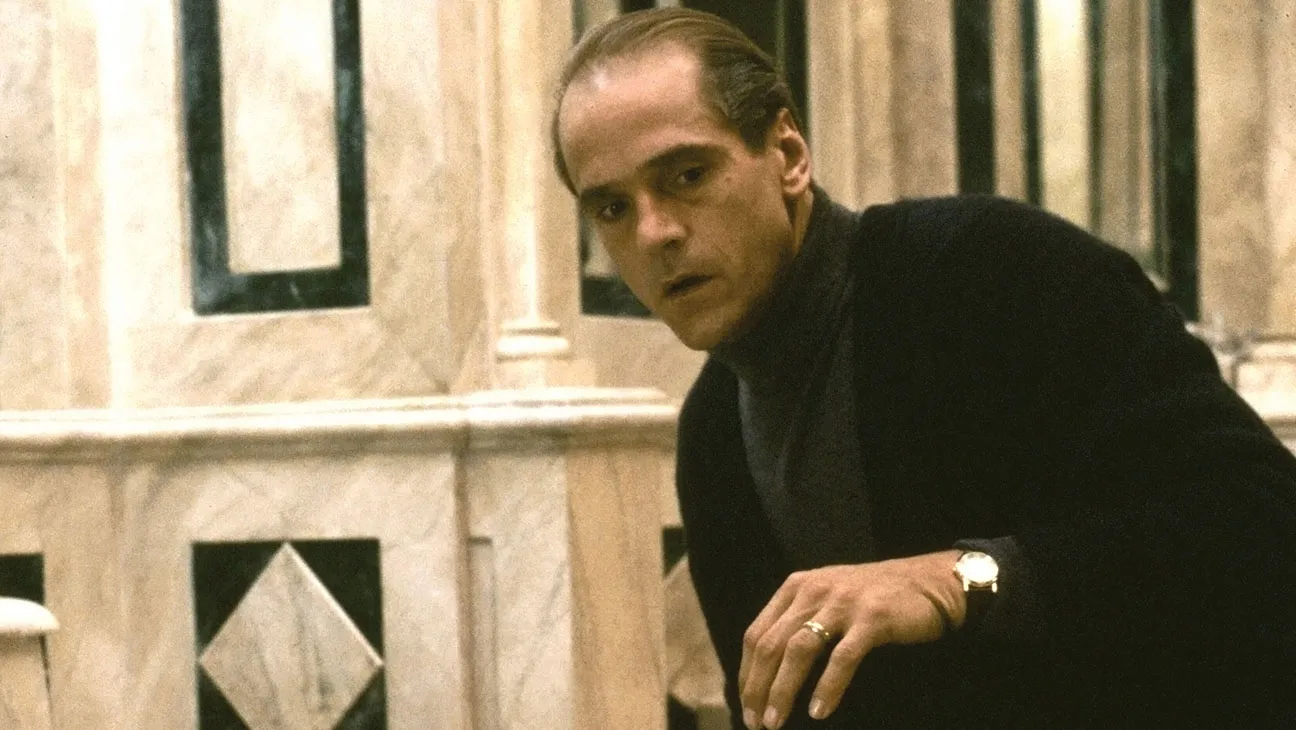


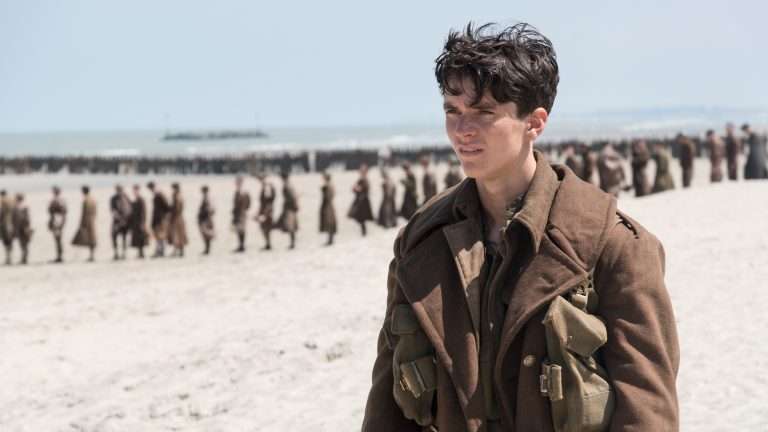
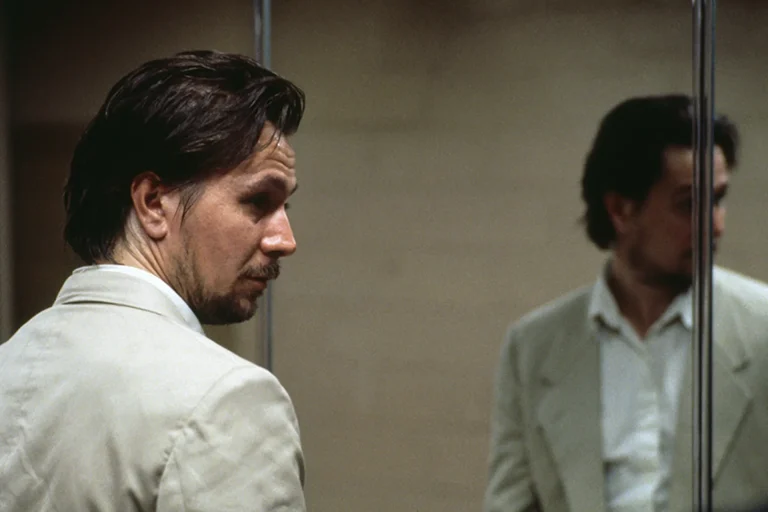


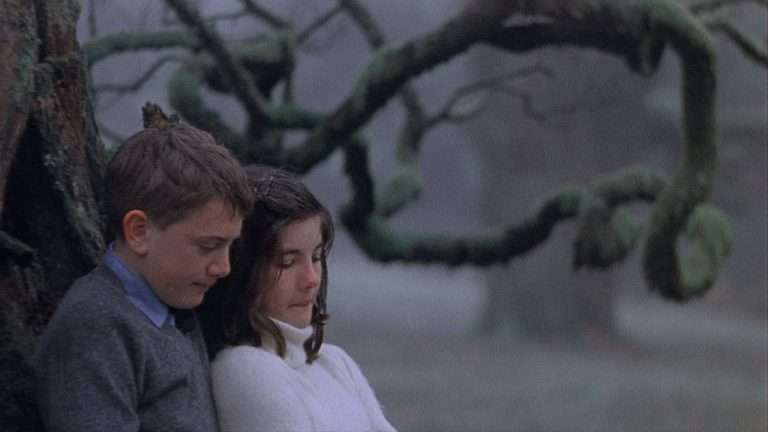
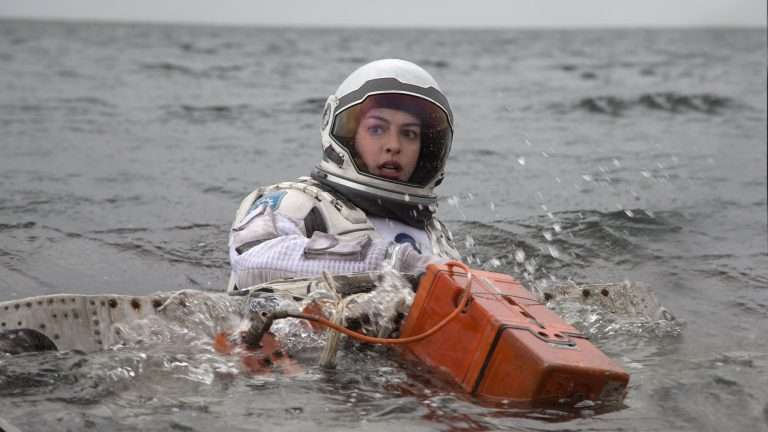
all those,yes..and Damage!